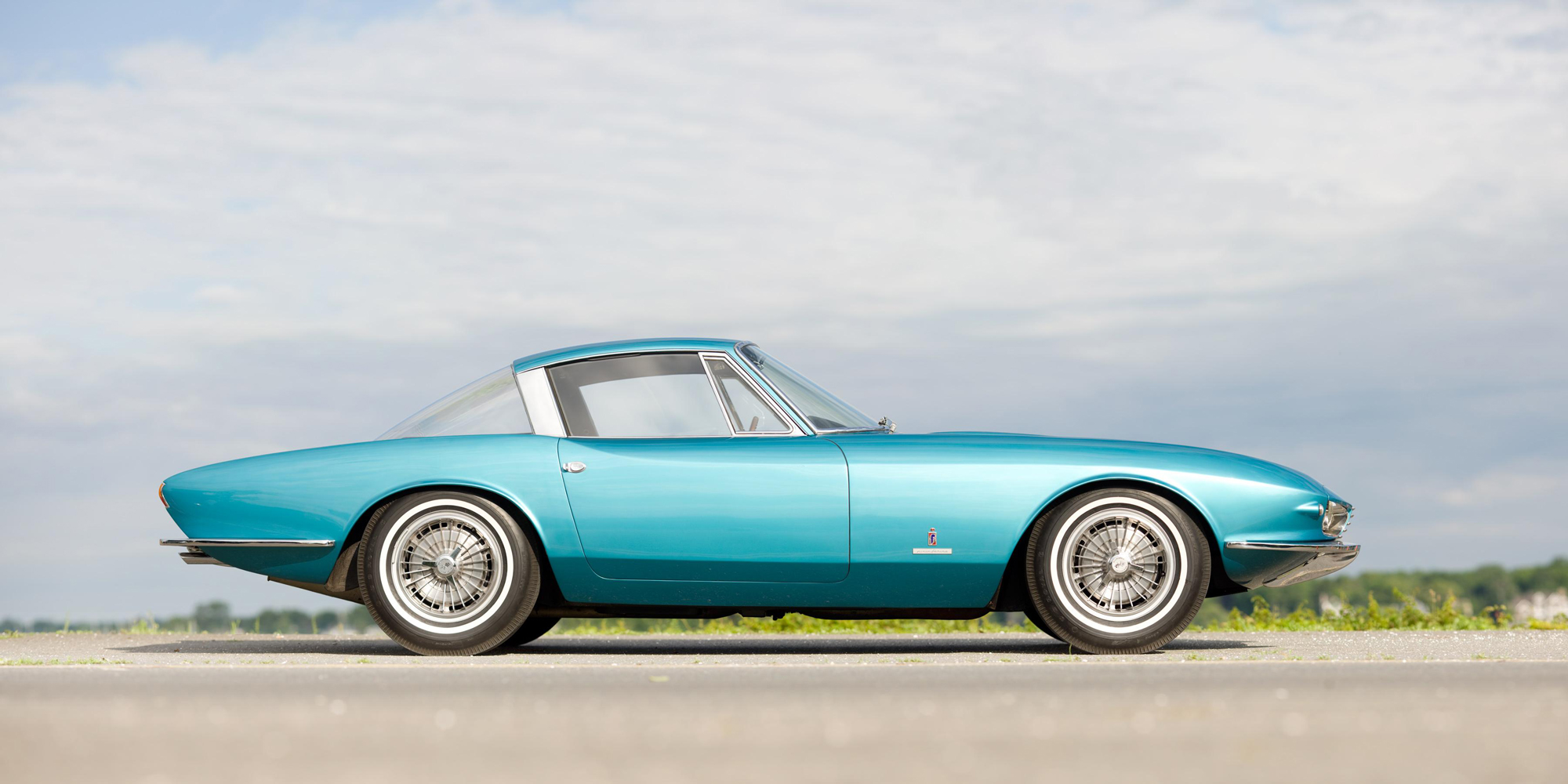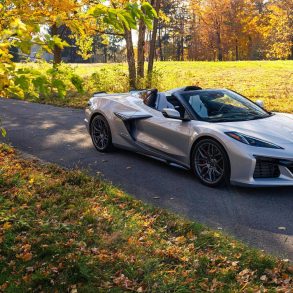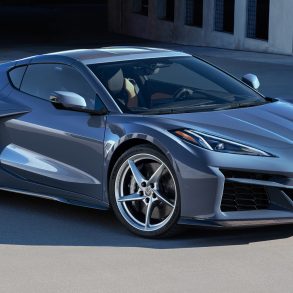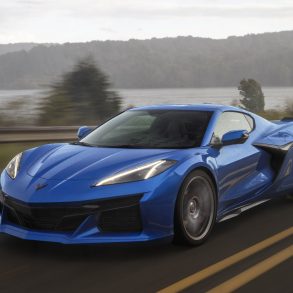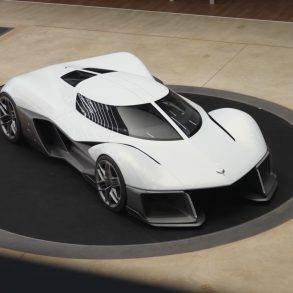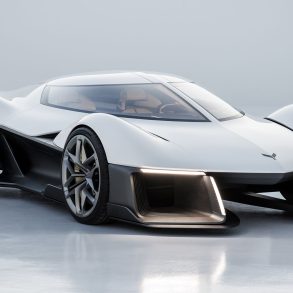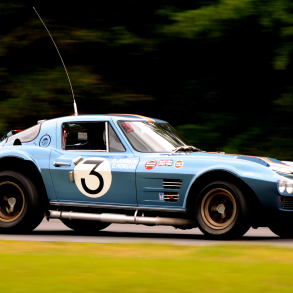1963 Corvette Rondine
In the 1960s, it was a common practice to re-body European-built cars and sell them as a custom build. Meanwhile, in the United States, few American-built automobiles underwent the same treatment. The cars built by the Big Three were often considered too common, too ugly, to garner such attention – save for a certain American-built sports car.
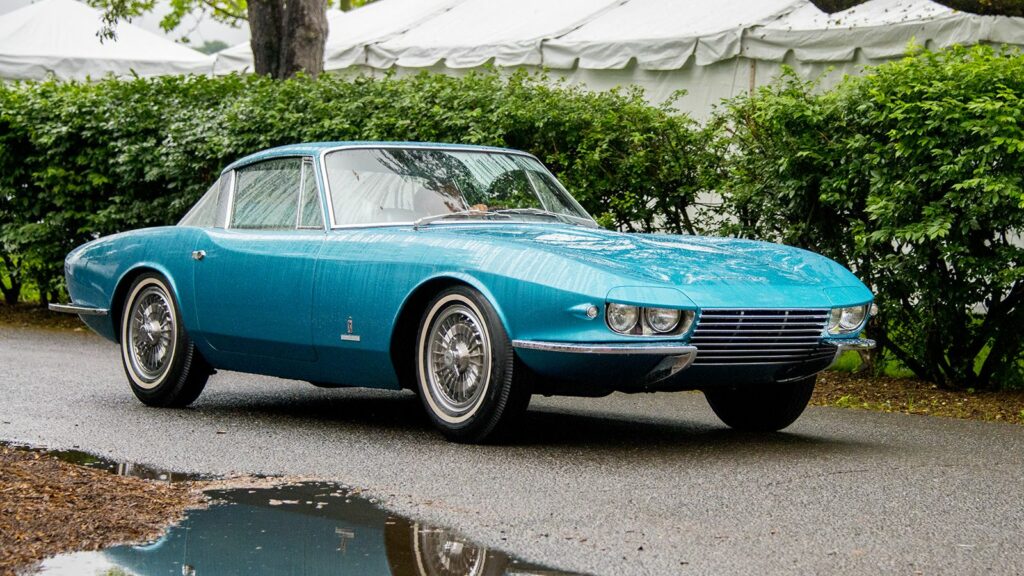
The Corvette Rondine concept was built by Pinanfarina and introduced at the 1963 Paris Motor Show. The car started life as a 1963 split-window Corvette, which is all the more unusual because Chevrolet introduced the split-window coupe at the same time that Pinanfarina was introducing a custom-built Corvette based on that very same platform. Since it was Chevrolet who commissioned the Rondine in the first place, there were no objections from anyone when both cars appeared at the Paris show.
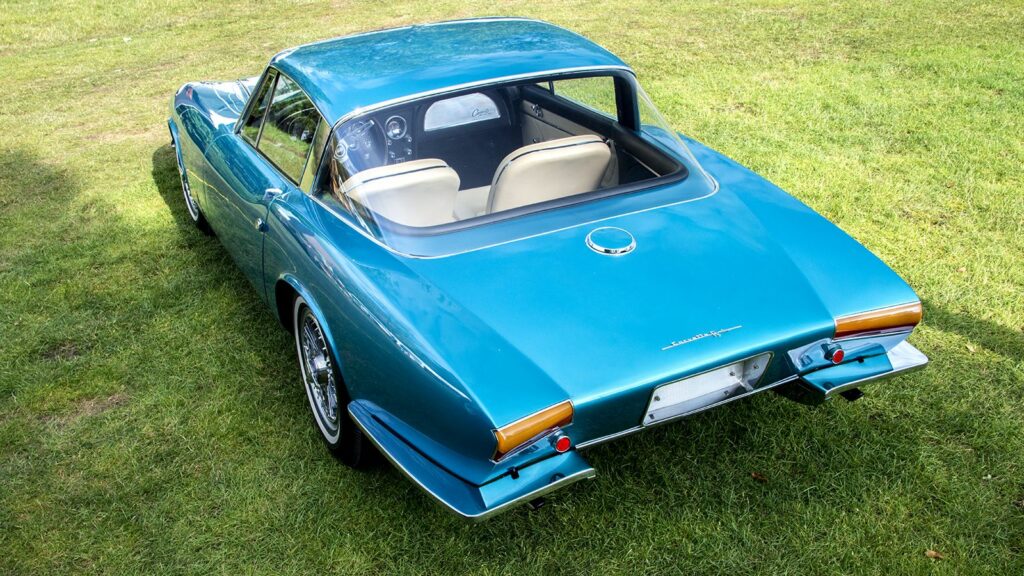
The Rondine was designed by Tom Tnaarda at the Turin-based Carrozzeria. The car featured several identifiable Pininfarina design elements while also maintaining enough of its factory Corvette look to remain fairly recognizable. The car featured flowing bodywork with longer front and rear overhangs. Although the basic Sting Ray shape was maintained, the car’s overall proportions were more relaxed and luxurious than the factory C2, which had a far more aggressive stance.
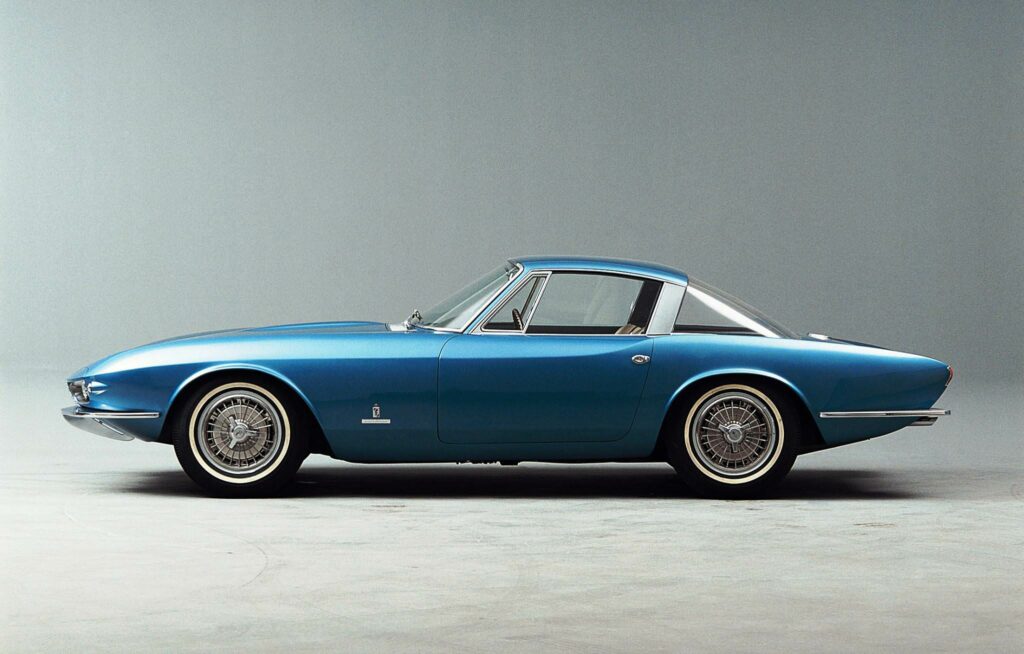
The car’s front end featured a split bumper with exposed, pivoting headlights sculpted into the front fender on either side of a unique, and arguably more prominent, grille. The car’s bodyside coves were removed and replaced with a smoother, essentially featureless fender/ The car has considerably less chrome on it than the factory Stingray, including around the front windshield and door assemblies. The windshield and cabin area are more prominent, taking a wider-and-taller stance.
Tjaarda redesigned the rear fenders as well, eliminating most of the exaggerated flares tat are such an iconic part of the second-generation Sting Ray’s look. The roof, rear deckid area, rear fenders and rear fascia are all classically European in style, and look more akin to a Ferrari than a Corvette. In fact, critics have oft compared the styling of the Rondine to that of the Ferrari 250 GT/Lusso.
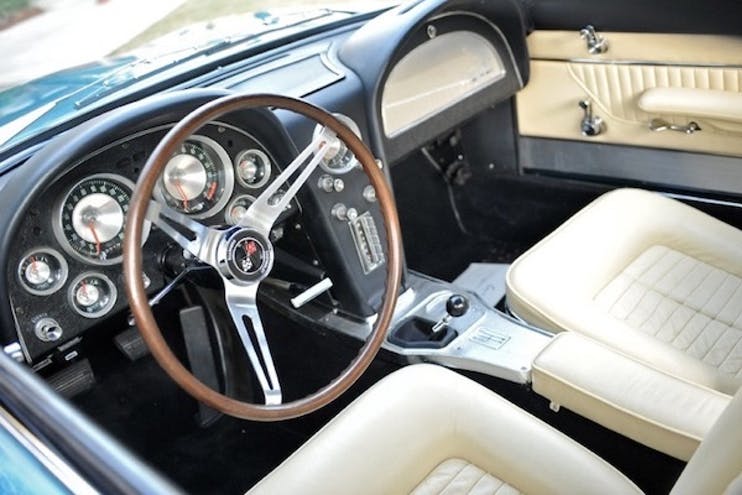
The car’s B-Pillar roll bar is the one segment of the car wrapped in chrome. It is a very Italian design detail from that period, as were the cars rear taillights, which eliminate the rounded lenses of the Corvette and replaced them with longer, rectangular taillights of European design and function.
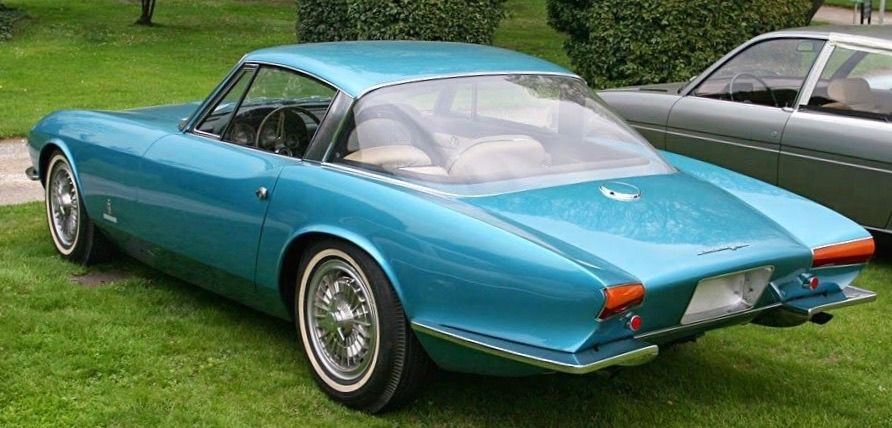
After the Paris Motor Show, Pininfarina kept the Corvette Rondine in its private museum until 2008 when they sold it at auction. The car sold for $1.6 million dollars in 2008 and became part of a private collection (buyer’s information was not disclosed.) And while the car continues to belong to a private owner, it makes occasional appearances at events like the Concours de’Elegance in America.


